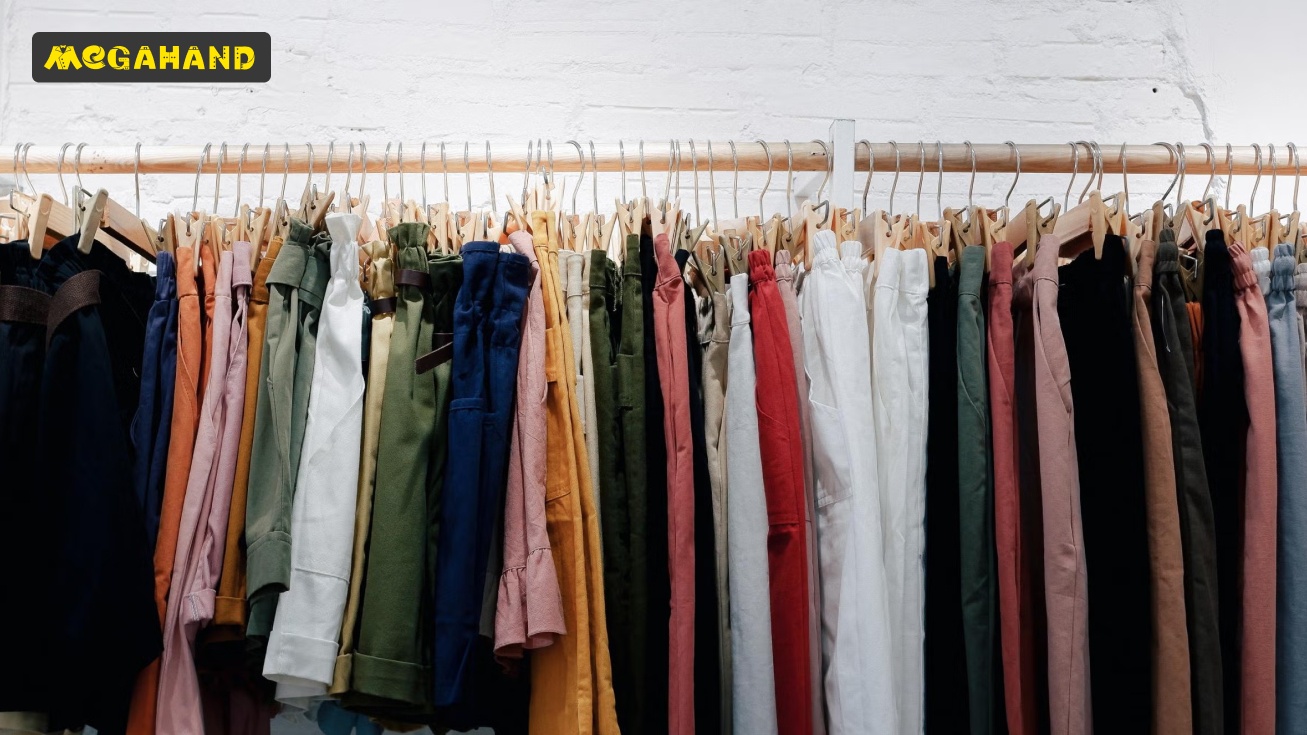In search of stylish and high-quality clothes, many people think about where it is better to make purchases so as not to overpay. Classic stores often offer new items at high prices, and sales do not always happen everywhere. Fortunately, there are alternative options: outlets, stocks and second-hand stores. Each of them has its own characteristics, advantages and disadvantages. Let's see which of these options can offer you real quality and unique style.
Outlets: last season's brands at discounted prices
Outlets are typically official brand stores or multi-brand centers that specialize in selling past season collections, surplus production, or items with minor defects that do not affect appearance or functionality. The main advantage of outlets is the opportunity to purchase items from well-known brands at significant discounts, sometimes up to 70-90% of the original price.
However, the assortment in outlets may be limited, and you will not always find the latest new items there. In addition, even with a discount, prices can still be quite high compared to other options.
Stocks: collection remnants and surpluses
Stock stores collect unsold leftovers from various retailers and stores. Here you can find both branded items and mass market goods. The main advantage of stocks is a wide variety of brands in one place and often very attractive prices. Products in stocks are, as a rule, new, they simply were not sold on time in standard stores.
The disadvantages of stocks are the unpredictability of the assortment and the need to carefully check the quality, since the origin of the goods may be different. The organization in stock stores is sometimes inferior to outlets and classic retailers.
Second-hand: uniqueness, low prices and environmental friendliness
Second-hand stores are places where used clothing is sold. For many, this is not just a way to save money, but also a whole philosophy of reasonable consumption and searching for unique things. The main advantage of a second-hand store is its incredibly low prices. Often, for a small amount of money, you can put together an entire wardrobe of high-quality and even branded items.
In second-hand stores you can find truly unique items: vintage finds, rare models, items from limited collections, or simply clothes that are no longer produced. It's a great way to express your individuality.
In addition, buying items second-hand is an investment in sustainable fashion and caring for the environment. You give clothes a second life by reducing resource consumption and reducing textile waste. For example, Megahand in Rustavi, Georgia offers a huge selection of clothes for every taste and size at attractive prices. With regular deliveries and special promotions, such as discounts on days of the week, you can always find something interesting and profitable here.
Of course, when buying at a second-hand store, you need to carefully inspect items for defects, but most stores, such as good second-hand stores, carry out careful sorting and pre-sale preparation.
So, each of these options offers its own possibilities. The choice depends on your priorities: whether you are looking for a guaranteed brand at a discount (outlet), a wide selection of new stock (stock) or maximum savings, uniqueness and environmental friendliness (second-hand).
| Criterion | Outlet | Stock | Second-hand |
|---|---|---|---|
| Price | High (with discount) | Medium/Low | Very low |
| Condition | New (last season/defect) | New (remains) | Used (various) |
| Brands | Often famous (one/several) | Variety (different levels) | Variety (including rare ones) |
| Uniqueness | Low/Medium | Medium/High | High (vintage, rare) |
| Assortment | Limited to brand/season | Unpredictable | Huge, constantly changing |
| Eco-friendly | Low/Medium | Low/Medium | High |
| Where to look | Branded centers/stores | Multi-brand stores/warehouses | Specialty stores (like Megahand Rustavi) |


